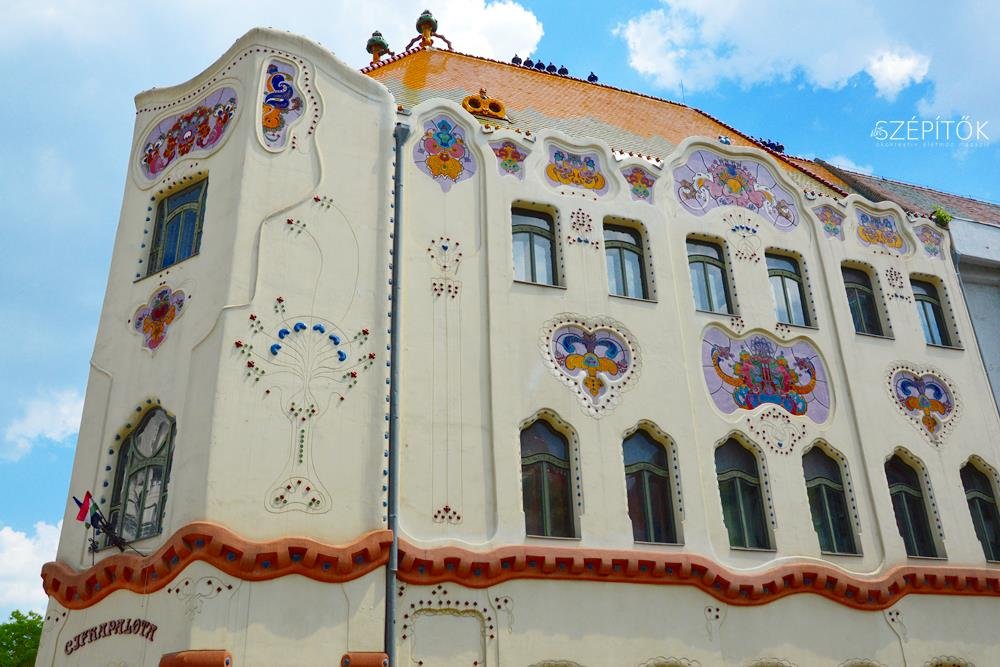#14181. Hungarian Art Nouveau: Decorative Façade with Floral Motifs

This remarkable building is an excellent example of Hungarian Secession (Art Nouveau) architecture. The façade features flowing, organic forms and rich decorative elements. The main wall surface is finished in light tones, creating an ideal background for vibrant artistic elements.
Particular attention is drawn to the decorative ornaments in the form of colorful floral and heart-shaped motifs. The floral compositions in the upper part of the façade and heart-shaped medallions on the second floor create a unique artistic rhythm. The wavy terracotta line in the lower part of the building adds dynamism and divides the compositional zones.
The window openings have non-standard shapes with smooth contours characteristic of the Art Nouveau style. The roof is adorned with decorative elements, and the curved line of the cornice repeats the overall plasticity of the façade. When designing a façade in a similar style, it's important to pay attention to proportions, smoothness of lines, and thoughtful color schemes.
This building represents a striking example of how functionality can be combined with artistic expression to create a unique architectural image. In modern interpretation, similar techniques can be used more subtly, for instance, by incorporating individual decorative panels or ornamental elements into the overall façade composition.